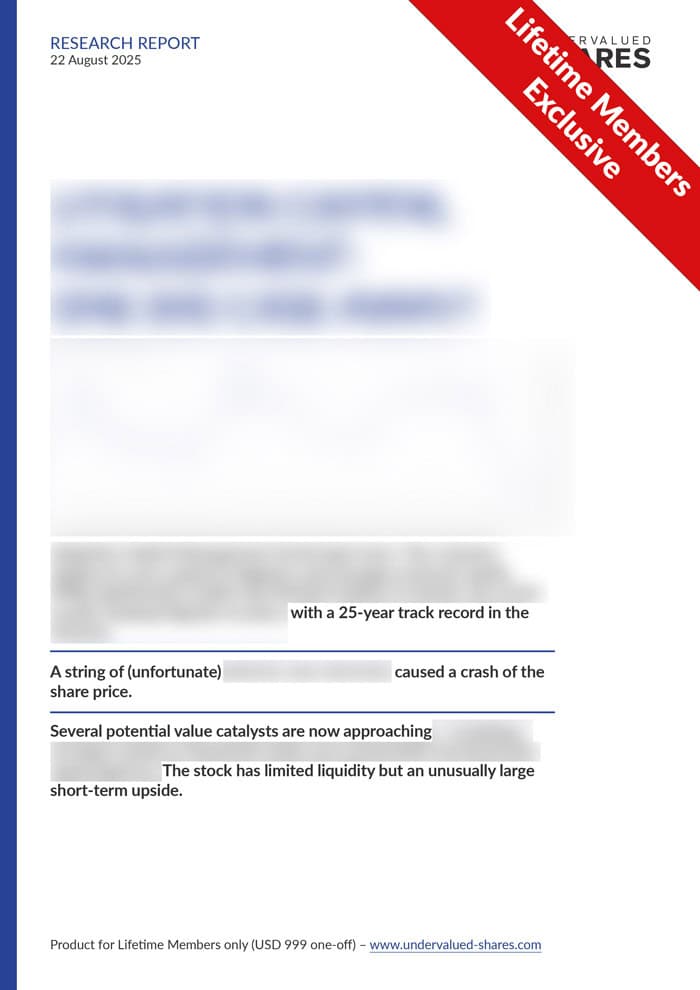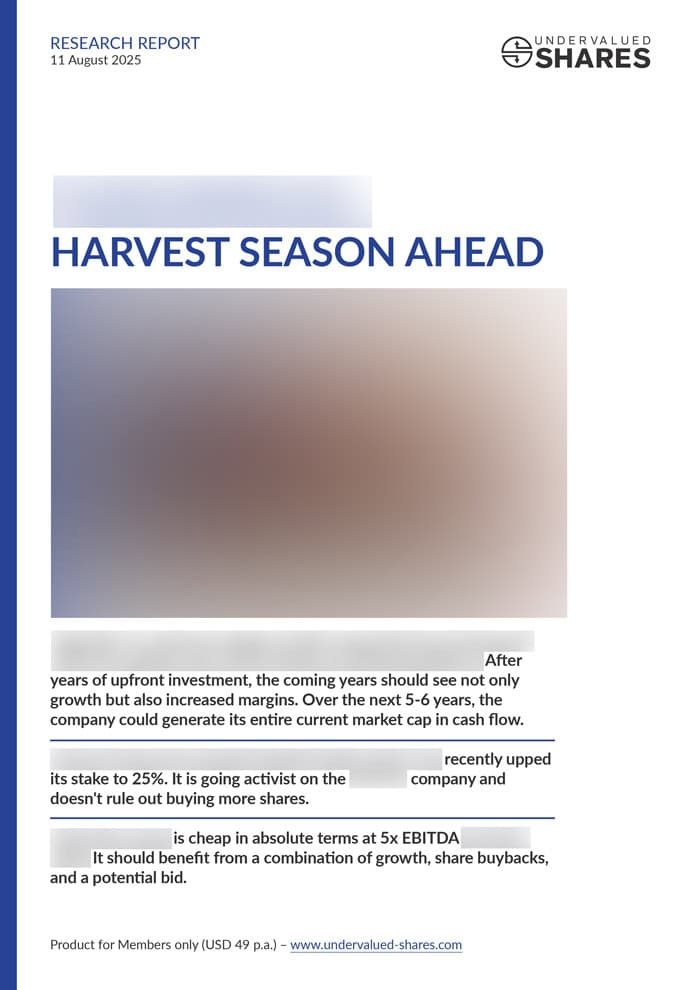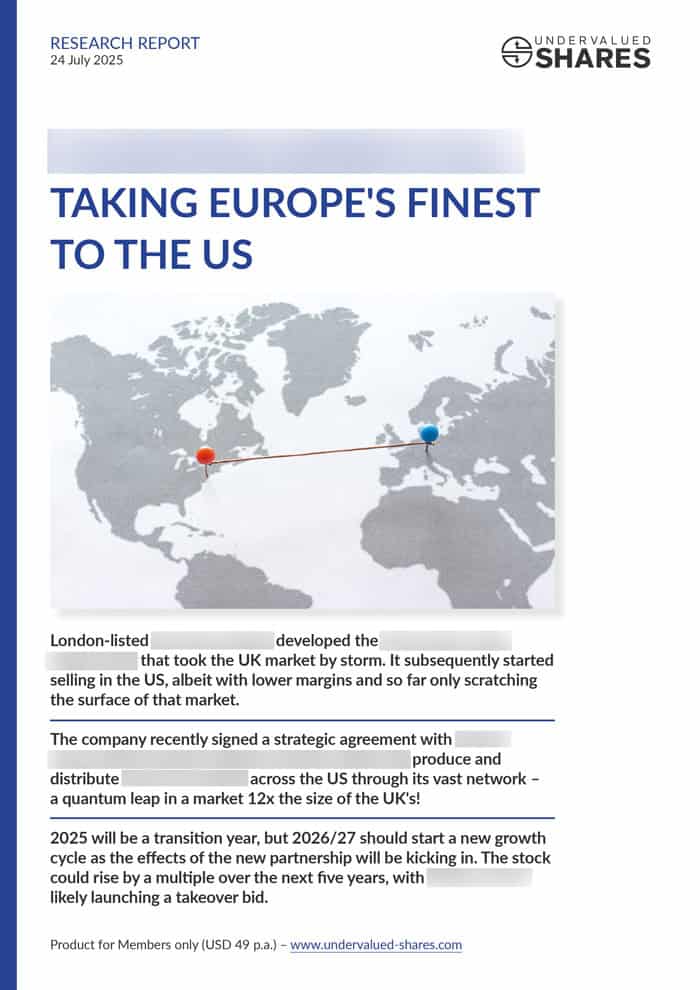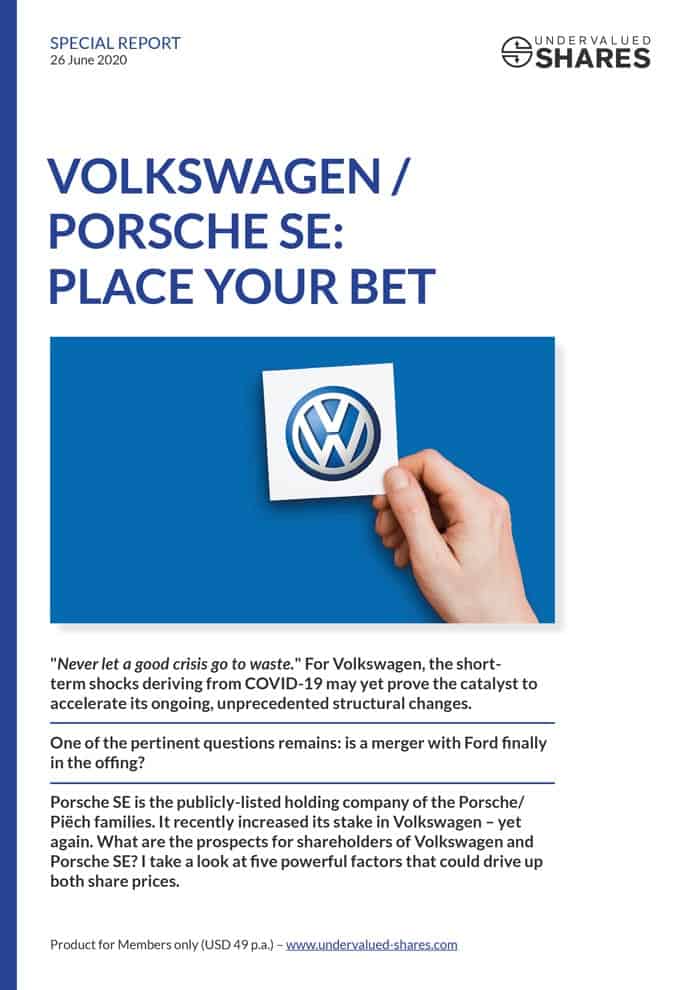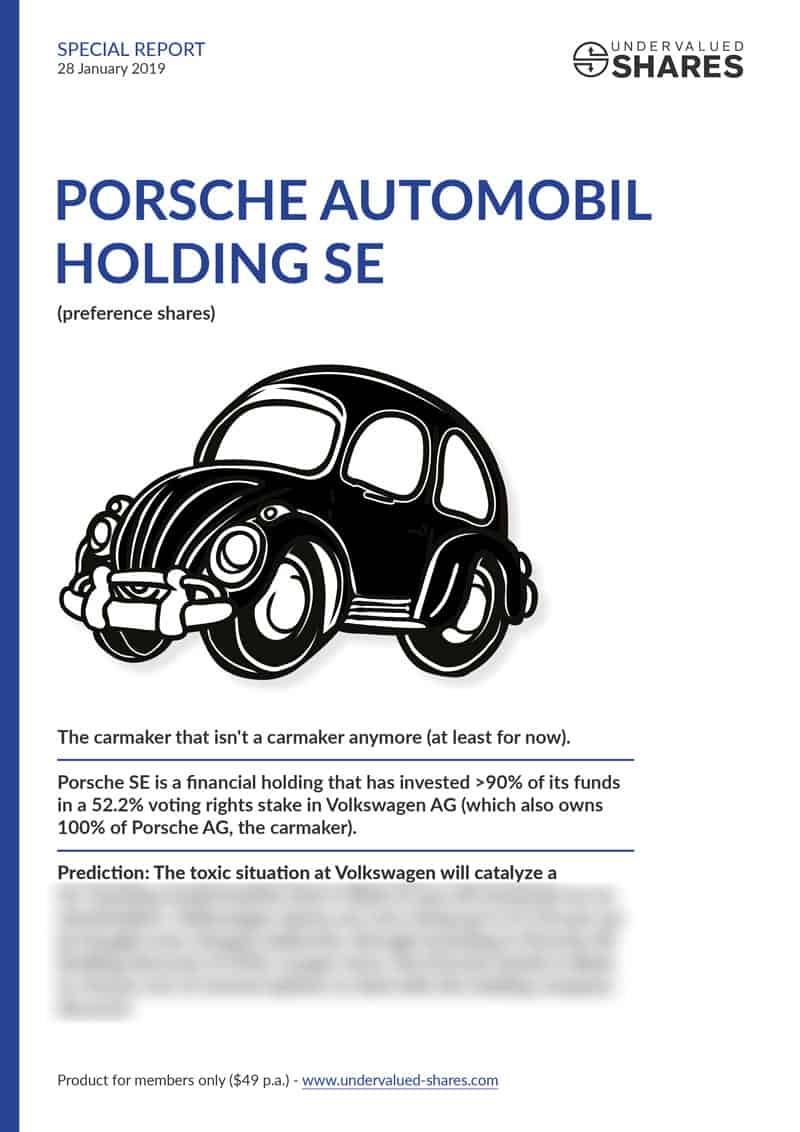Gold stocks remain undervalued, with considerable upside potential. I picked the brain of Dominic Frisby, who has just released a new book on gold, to get his take.
INVESTMENT REPORTS
Volkswagen/Porsche SE
Volkswagen/Porsche SE
26 June 2020
5 reasons to invest in the world's largest carmaker – summed up in a 51-page report.
My latest report about the two intertwined companies builds on the report that I published in January 2019.
Back then, I explained how the Porsche/Piëch families control Volkswagen through their publicly-listed family investment vehicle, Porsche SE.
The report summarised Volkswagen's challenges and opportunities, and what it meant for retail investors who were fetching a ride on the coat-tail of the families by buying into Porsche SE.
Even my German readers commented how much they had learned from the initial report, and how interesting the unusual background story was.
17 months on, it is time for a follow-up with a standalone report.
Porsche SE
28 January 2019
In 2008, carmaker Porsche attempted a hostile takeover of Volkswagen – a company with 50 times its own car output! The audacious transaction ended in financial disaster. The Porsche/Piëch family needed a financial bail-out and lost ownership of its car brand.
To this day, the Porsche/Piëch clan controls a 52.2% voting stake in Volkswagen. However, Volkswagen shares are currently trading at a depressingly cheap valuation.
What is the world’s most influential automobile family going to do to turn around the family fortune? Does the family need to become more assertive again, or is Volkswagen’s new management already doing all the right moves to get Volkswagen shares moving again?
Porsche SE is the publicly-listed holding company of the Porsche/Piëch family. This 72-page report gives you all the ins and outs of an opportunity that is unlike any other among publicly-quoted automobile companies.



